-
Welcome to Tacoma World!
You are currently viewing as a guest! To get full-access, you need to register for a FREE account.
As a registered member, you’ll be able to:- Participate in all Tacoma discussion topics
- Communicate privately with other Tacoma owners from around the world
- Post your own photos in our Members Gallery
- Access all special features of the site
Quick Links: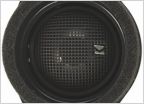 Kicker Tweaters DFW area
Kicker Tweaters DFW area 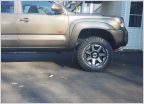 What lug nuts needed for Off Road rims ?
What lug nuts needed for Off Road rims ? 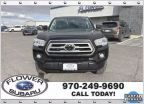 21 trail edition/limited grill raptor lights
21 trail edition/limited grill raptor lights 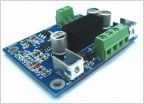 Brake booster noise on cb
Brake booster noise on cb 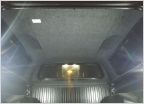 Mounting solutions for molle storage/rack within ARE Overland truck topper
Mounting solutions for molle storage/rack within ARE Overland truck topper 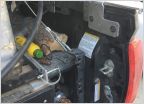 How do you know if a ground connection is right? And how to properly branch circuits?
How do you know if a ground connection is right? And how to properly branch circuits?
Needle Bearing vs. ECGS
Discussion in '3rd Gen. Tacomas (2016-2023)' started by AFS, Dec 21, 2022.
Page 1 of 3
Page 1 of 3




